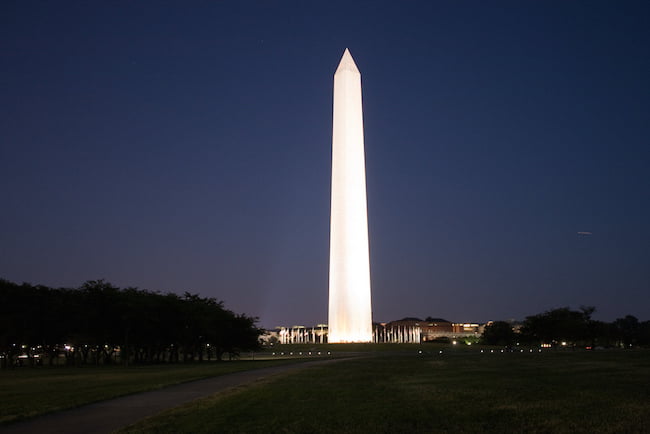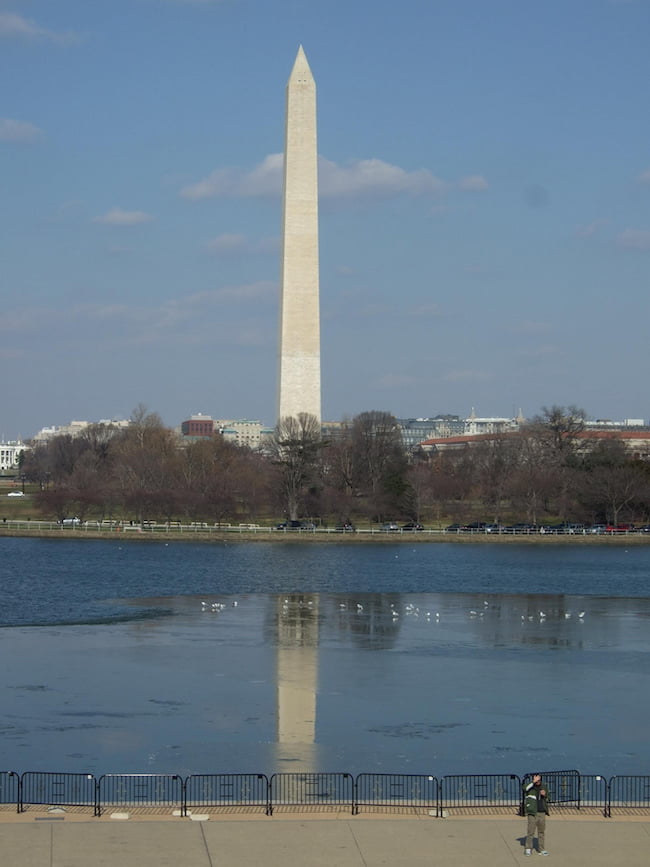Last month we started a new series titled ‘Architecture That Doesn’t Serve a Purpose’ where we look at famous landmarks from around the world, that are just that: landmarks. We took a look at the Eiffel Tower, how and when it was created and what it’s used for today (spoiler alert: only good for attracting tourism). This month, we take a look at something a little closer to home: the Washington Monument.
Similar to the Eiffel Tower, the Washington Monument is something that people are quite familiar with even if they’ve never visited it. For those unfamiliar with the name, it’s that tall obelisk on the National Mall in Washington, DC. It was made to commemorate George Washington, though construction started in 1848 and was halted due to lack of funds, before it was finally finished in 1888.
It’s not exactly the most beautiful of structures, but there is reasoning behind it. The board of managers behind the project wanted to build something that would “blend stupendousness with elegance” and be made with only American materials. The winning architect, Robert Mills, was chosen by the residents of Baltimore – but some of his design was omitted due to his hefty price tag (more than $1 at that time).
The Washington Monument is made from white marble (from various US states), bluestone gneiss, granite and concrete. There is an elevator inside the obelisk that allows for visitors to go to the top and take in the view of the city, and about 900 steps!
Fun fact, and ironic since we just wrote about this last month but the Washington Monument was the tallest building in the world until the Eiffel Tower was completed in 1889.


